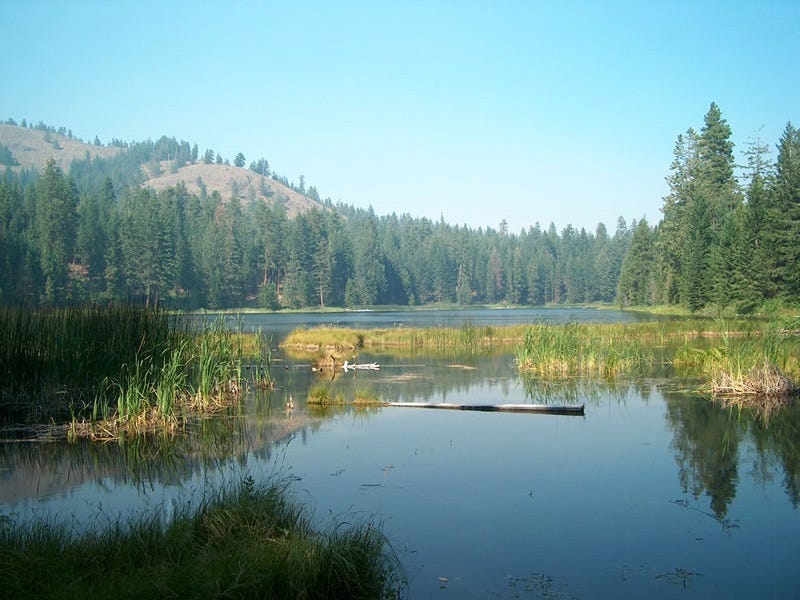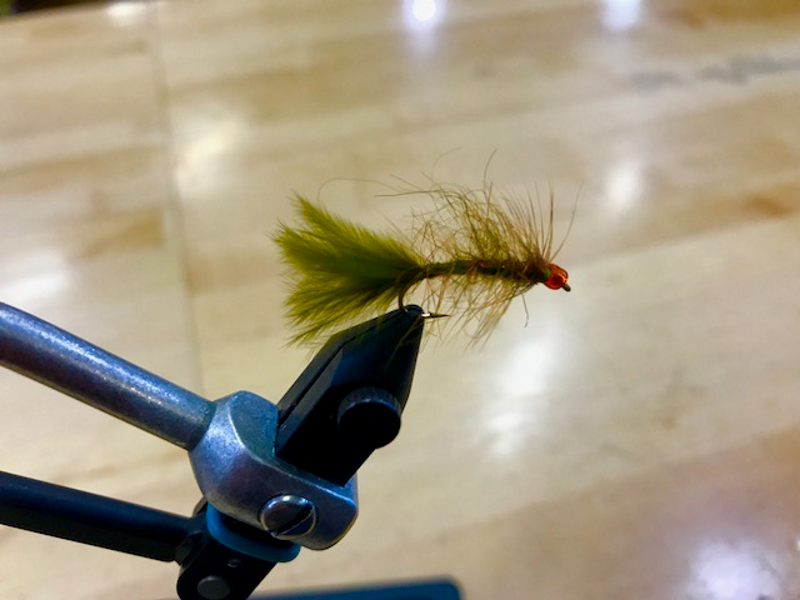Omak Fishing Report: Blackpine Lake 8.21.2017


Tucked away, back in the hills of the Methow Valley, is a gem of a lake called Blackpine. Very few people fish it even though it’s surrounded by U.S. Forest Service lands. Blackpine is quaint and only 14 acres in size, which makes it a nice size to fish. It sits in beautiful country at 4,000 feet in elevation.
Looking for some advice on buying stillwater fly rods?
Surrounded by a mix of ponderosa pine and Douglas fir trees, Blackpine is shaded and cool, meaning it usually fishes better in late summer than lower elevation lakes. There is an improved campground and boat launch onsite. There are three ways to go to get to the lake. First, you could take Highway 153 just south of Carlton. The other two are west of Twisp, up off the Twisp River Road. One is the Poorman Creek road about 2 miles out of town. The next one is the Buttermilk Creek Road west of Twisp about eight miles. Of the three access roads I would recommend Buttermilk –it’s the best maintained.
You will need a small boat to fish Blackpine. Hard boats, pontoons and float tubes work, and the lake is open year-round and falls under the general rules regulations.

When I first started fishing Blackpine, many years ago, it was known for the brook trout that lived in its waters. It was not uncommon to find a nice 18” brookie now and then. Some years back managers switched from brook trout to westslope cutthroat. Most of the time you catch fish in the 12-14” range, but you also get a 16-17” holdover now and then.
We've got some stillwater patterns that will help you hook up if you are out on Blackpine.
With the weather starting to cool, we are inching ever closer to the fall. That means it’s time to break out the leech and minnow patterns. One of the most productive patterns on Blackpine is the Pumpkinhead Leech. I’ve had good results on squirrel leeches, too. Don’t be afraid to try something that new to the lake. You never know what might hit. While fishing minnow patterns, keep them in the #8-#6 range. Epoxy minnows are a safe bet here, too. Of course, it doesn’t hurt to have a strong supply of chironomids with you. The fish eat them every day of the year. Expect these fish to move around during the day, which makes a fish-finder almost essential. If you don’t have one, probe with different lines with various sink rates. Type 3 full-sink, intermediate and floating lines with a sinking tip should keep you in the fish. Four- to six-weight rods get the job done here.
Check out our fly lines online here.
Mornings are becoming a little brisk, so don’t forget a warmer jacket. Your best time to fish the lake right now will be early mornings and a late in the day, once the sun sits low. As daytime temperatures drop, prime fishing time on the water will increase.
No matter how the fishing might be, always have fun.
